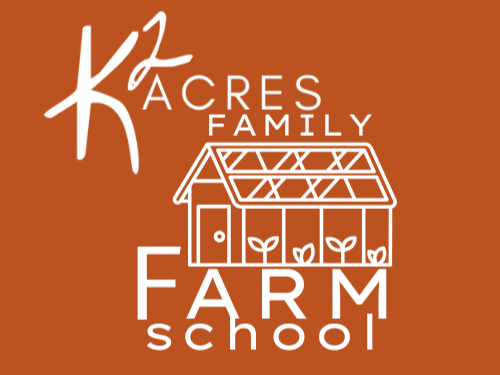Can’t join us in person?
No problem! Scroll down for the links to our Farm School from Home lessons — simple, hands-on projects that are perfect for all ages and can be enjoyed right from your kitchen table.
🌻 Because farm learning is for everyone — near or far.
🛠️ Materials & Tools
Linked throughout are the materials and tools we used for these projects. Yes, we’re Amazon affiliates — when you shop through our links, it truly helps support our small family farm (at no extra cost to you!).
Thank you so much for helping us keep Farm School growing and thriving! 🌿💛
🍬 Homemade Gummy Worms — A Fun & Simple Halloween Treat
These homemade gummy worms are a favorite at Farm School! Kids learn kitchen science while making a delicious, natural treat. We use real fruit juice, honey, and grass-fed gelatin—no artificial dyes or corn syrup here.
Each batch becomes an experiment in color and chemistry. From mixing natural colors like spirulina and beet to watching citrus turn purple cabbage juice pink, kids see science in action while creating their own flavors.
Perfect for Halloween or any hands-on homeschool lesson, this project blends healthy snacking with learning about nutrition, pH, and the power of plants.
From Cocoa Pods to Peanut Butter Cups: A Sweet History Lesson
🍫 Homemade “Reese’s” Cups
Homeschool Lesson: Kitchen Science + Sweet Treats
In this fun and tasty lesson, kids learn how to make their own homemade peanut butter cups — using simple, real ingredients instead of store-bought candy. Together, we explore the science of melting and tempering chocolate, how fats and sugars work, and why homemade versions can be both healthier and more delicious.
Students practice measuring, mixing, and sequencing skills while discussing where ingredients like cocoa and peanuts come from. It’s a sweet way to mix math, science, and food education — and enjoy the rewards at the end!
💛 Skills learned: Kitchen chemistry, temperature awareness, measuring, sequencing, and understanding real-food ingredients.



